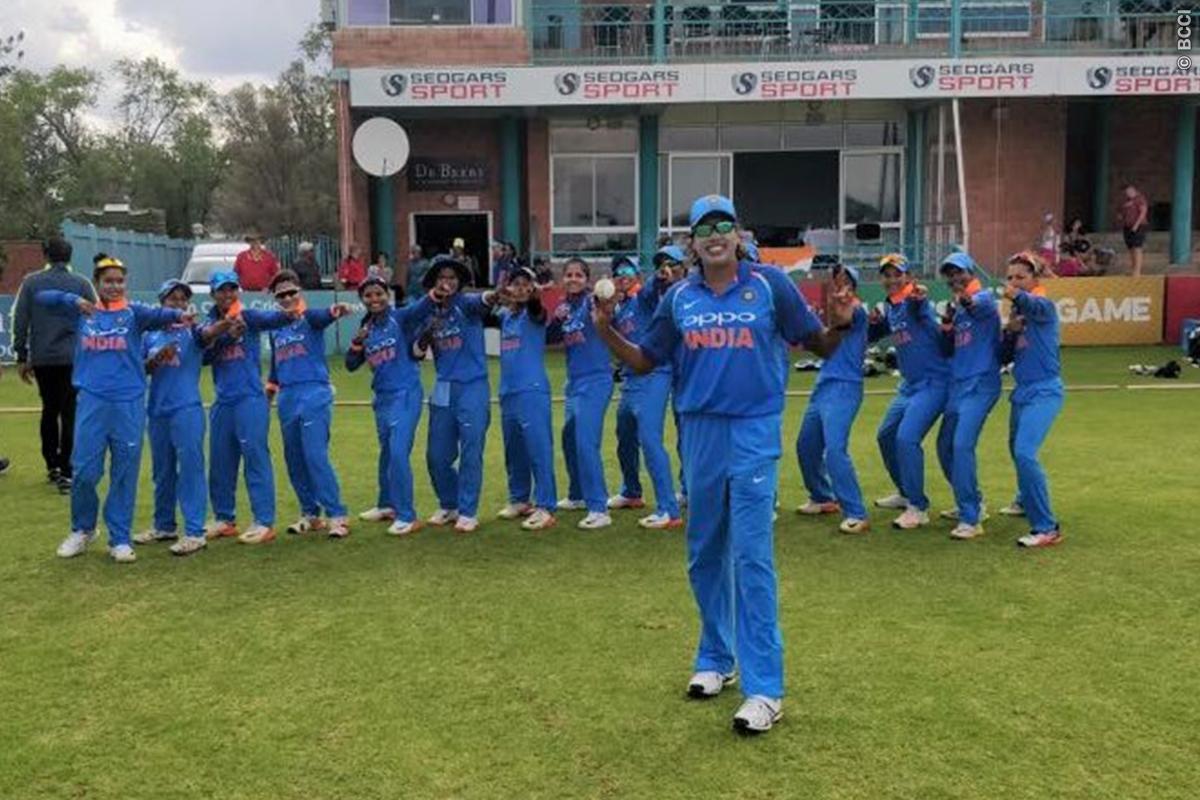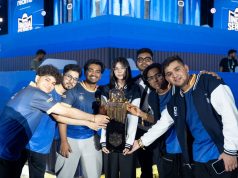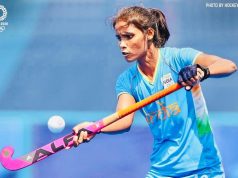The Indian women cricketers are in the same country as their male counterparts, playing One Day Internationals against the South Africans. They have already won their series by winning the first two matches of the 3-match series. But there was no coverage and no broadcast, live or recording. We, as audience, could not witness Smriti Mandhana’s amazing run when she became the first Indian woman cricketer to score three overseas centuries. We were also left wondering why we could not watch the record-achieving moment of our veteran pace bowler Jhulan Goswami when she became the first woman cricketer to reach 200 ODI wickets.
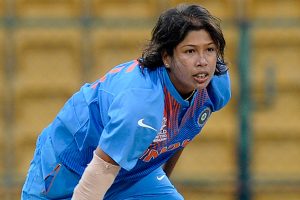 It was the 166th ODI for Jhulan Goswami. As she dismissed South African opener Laura Wolvaardt, she reached her 200th scalp. Interestingly, the first male cricketer to pick 200 ODI wickets, was also an Indian – the great Kapil Dev. Goswami already became the highest wicket-taker in women’s ODIs in May 2017 after surpassing the decade-long record of 180 wickets held by Australian Cathryn Fitzpatrick. That feat was also against South Africa in Potchefstroom when the tall and lanky pacer hit the legs of Nadine de Kirk at 120km/hr. The umpire declared Kirk lbw and Goswami became the highest wicket taker of all times. Till date, Jhulan Goswami has taken 200 ODI wickets (average 21.67), 40 wickets from 10 Tests (average 16.62) and 50 wickets from 60 T20 games (average 20.90).
It was the 166th ODI for Jhulan Goswami. As she dismissed South African opener Laura Wolvaardt, she reached her 200th scalp. Interestingly, the first male cricketer to pick 200 ODI wickets, was also an Indian – the great Kapil Dev. Goswami already became the highest wicket-taker in women’s ODIs in May 2017 after surpassing the decade-long record of 180 wickets held by Australian Cathryn Fitzpatrick. That feat was also against South Africa in Potchefstroom when the tall and lanky pacer hit the legs of Nadine de Kirk at 120km/hr. The umpire declared Kirk lbw and Goswami became the highest wicket taker of all times. Till date, Jhulan Goswami has taken 200 ODI wickets (average 21.67), 40 wickets from 10 Tests (average 16.62) and 50 wickets from 60 T20 games (average 20.90).
The journey of Jhulan from a small town in West Bengal to becoming the first-rated pace bowler of the world, can lure any film maker to produce a biopic on her. It’s a massively interesting story. Jhulan was born in a middle-class Bengali family on 25th November, 1925. At Chakdah, her hometown, she used to play tennis ball cricket with boys near her home from an early age. But they used to throw her ball out of the ground most of the time due to her slow speed. That made her determined to bowl fast.
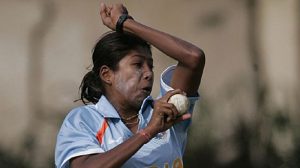 At that time when women’s cricket in India had no history, it required immense courage to come up with the idea of becoming a cricketer. But Goswami did exactly that. Staying some 60kms away from Kolkata and travelling that distance in crowded local trains for morning practices was Jhulan’s daily routine. After a tiresome day of practice, she had to come back that many kilometres to be at home and that too to a home where everyone disapproved her idea.
At that time when women’s cricket in India had no history, it required immense courage to come up with the idea of becoming a cricketer. But Goswami did exactly that. Staying some 60kms away from Kolkata and travelling that distance in crowded local trains for morning practices was Jhulan’s daily routine. After a tiresome day of practice, she had to come back that many kilometres to be at home and that too to a home where everyone disapproved her idea.
By fighting in and out, Jhulan Goswami shaped herself under the motivation of her coach Sapan Sandhu. She took full advantage of her height to move the ball laterally and gradually bettered her speed. In 1997, Jhulan got to see live the greats like Belinda Clarke and Debbie Hockley play at Eden Gardens during the World Cup match between Australia and New Zealand. That motivated her to play the game more professionally and represent the national side.
Jhulan burst into the international circuit in 2002 at the age of 19 after her impressive show in the domestic games. India was playing against England in Chennai and Goswami bowled 7 overs in which she took 2 wickets for 15 runs. Her first international wicket was of English opener Caroline Atkins in her third over. Atkins was fooled by the outswinger of Jhulan and the catch went to Mithali Raj in the slip.
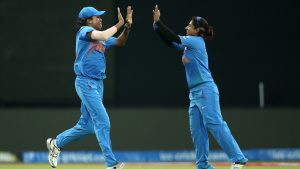 This association of Jhulan and Mithali started from the first day of her international cricket. When Jhulan was playing domestic cricket, Mithali had already made her international debut and with a bang. She made century in her debut ODI game and was playing with full intensity. Jhulan was inspired by Mithali’s performance and longed to play with her. When chance came, they played together, bled together and performed together to build a legacy that has to be followed by the future generation.
This association of Jhulan and Mithali started from the first day of her international cricket. When Jhulan was playing domestic cricket, Mithali had already made her international debut and with a bang. She made century in her debut ODI game and was playing with full intensity. Jhulan was inspired by Mithali’s performance and longed to play with her. When chance came, they played together, bled together and performed together to build a legacy that has to be followed by the future generation.
The regular in the Indian cricket team since her debut, Jhulan, is also considered as a useful batter. She does not consider herself an allrounder but her experience as a cricketer made her adapt to the conditions of batting. She has two test fifties and one ODI half century.
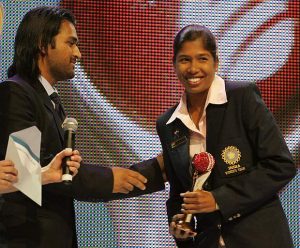 This contribution to Indian cricket has won her many awards and in this also she is a trendsetter. Jhulan, in 2007, became the first Indian woman cricketer to win the ICC Women’s Player of the Year. The BCCI gave her the M A Chidambaram Award for Best Woman Cricketer in the year 2011. The Indian government also recognized her achievement by felicitating her with the Arjuna Award in 2010 and the Padma Shri in 2012.
This contribution to Indian cricket has won her many awards and in this also she is a trendsetter. Jhulan, in 2007, became the first Indian woman cricketer to win the ICC Women’s Player of the Year. The BCCI gave her the M A Chidambaram Award for Best Woman Cricketer in the year 2011. The Indian government also recognized her achievement by felicitating her with the Arjuna Award in 2010 and the Padma Shri in 2012.
Jhulan Goswami has paved the way…for all those young girls who dare to dream about becoming a cricketer. There is nothing to be ashamed of in following one’s dream and Jhulan leads by example. She is the face of change, a change that is gradually happening in India and globally as well. Woman cricket really needs role models and who else better than this 5 feet 11 inches tall ‘Chaakdah Express’.

